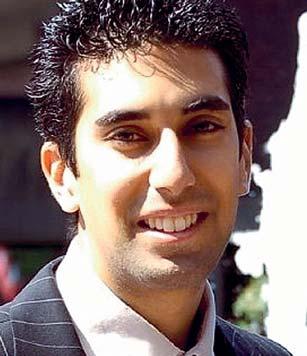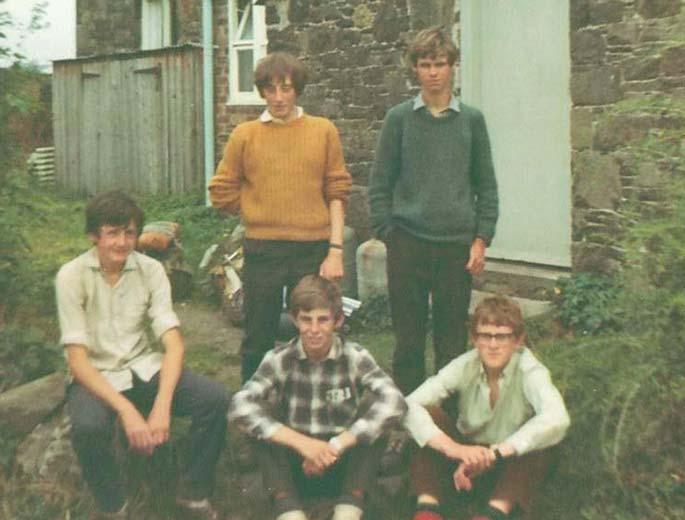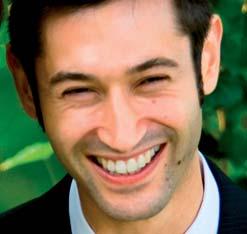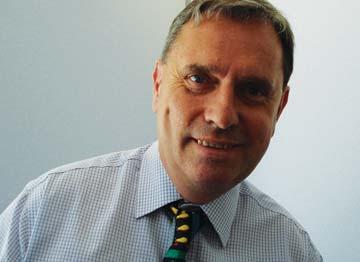
6 minute read
A History of the RGS in Ten People
from ONA 85
A HISTORY OFTHE RGS IN TEN PEOPLE
In the near five centuries of the Royal Grammar School’s illustrious history, there has been a cast of many thousands, playing its part on the local, national and world stage. It is impossible to consider every candidate for a place in the top ten – indeed there must be a great many pupils lost in the far past, whose names were never properly recorded, or records themselves were lost as the school moved across town. At times, the school itself almost disappeared. How does one guess at even an approximate number of boys and girls who can now be called Old Novos? My own humble attempt would be about 30,000. There is also the panoply of non-pupils represented by the headmasters, teachers, caretakers, clerks and cooks who have helped to weave this institution into a fantastic story. Perhaps we should have looked at RGS in 100 people rather than ten! Wherever do we begin? By RGS Day(30 June),we plan to mount a display of our story.RGS history students are also researching this subject and we agreed that to make the task slightly easier, we could eliminate four names, notwithstanding their importance to the school tradition. They are Thomas Horsley, born 1462, founder of the school in 1545, Admiral Cuthbert Collingwood, who completed Nelson’s task at Trafalgar, William Scott, 1st Baron Stowell and his brother John Scott, 1st Earl of Eldon. These illustrious alumni have been immortalised as school houses and every student at the RGS is aware of them on a daily basis as a source of pride in their sporting, musical and other competitivefields. Four down – 29,996 (or so) to go! 1 This piece is not meant to represent a definitive list of ‘supernovos’, it is purely an effort to highlight those people over the centuries, connected with our school who have most likely influenced it and its students. There will certainly be omissions!
Advertisement
William Armstrong, Henry Bourne, Mark Akenside, John Brand, as junior school students will know from their studies this year, are all featured along with our four house heroes in the late, lamented school song. It is not surprising that Brodie and Laws, composing the anthem in 1925 would have looked back with pride at Armstrong, Tyneside’s inventor and engineer of world renown, who had recently died at the turn of the century. However, few 21st century ONs will be familiar with the work of the latter three, all writers and historians. But, there are certainly scores of school personages who have made a real difference to our lives in the here and now. I venture to
A History of the RGS continues with the search for ten people who shaped or influenced the history of the school. David Goldwater (51-62) ponders on this difficult task.
offer some possible candidates:
William George Armstrong (18101900), 1st Baron Armstrong, attended the school prior to his following initially a legal career, then rising to international renown as an inventor and one of the world’s largest manufacturer of armaments and ordinance. Knighted in 1859 and created Lord Armstrong in 1887. Cragside in Rothbury and Jesmond Dene were two of his more benign creations.
The Reverend James Snape, D.D.
(1815-80), second master 1834-47 and headmaster 1847-71. The creation of the railway and especially Newcastle Central Station meant the demolition of the Virgin Mary Hospital and the school moved in 1844 to nearby Forth Place. At the age of 19, James Snape was appointed as second master. On the death of John Wood, with matters at a low ebb and only about a dozen pupils, Snape was promoted to headmaster and told to “make the best job of it”. Within a few years, numbers had risen to 150 and continued to rise. A debating society was formed with plays staged and the first cricket fixture was played in 1861. Snape oversaw the move to Rye Hill, with numbers of 250 and the school continued to develop into the institution familiar to us today.
William George Armstrong

The Reverend James Snape

Ebenezer R. Thomas Ebenezer R. Thomas was appointed as headmaster in January 1922 and served for 26 years. ‘ERT’ led the school during the period following the Great War and through the Second World War, stewarding many of the massive changes which we can still see today. He strengthened the sixth form from a very weak position with exam results improving enormously. He appointed teachers of great distinction, including the Theakstone brothers, brought up in St.Petersburg, and pre-revolution students at Moscow University. Music at the school developed positively after Dr Thomas appointed Arthur Milner as Head of Music in 1927 and drama began its development after the school theatre was built in 1930. The school’s extracurricular activities were most significant in the growth of school camps, which were eventually to become such a major feature of the second half of the century.
The school grew physically under ERT’s headship, with the provision of several new buildings, some of which have only recently been replaced, as well as those remaining today. He instituted parents’ conferences and the good relationships which he fostered with parents undoubtedly helped them to accept the harsh separation of the evacuation to Penrith from 1939 to 1944. Dr Thomas was awarded an OBE in 1941. Retiring in 1948 at the age of 63, he accepted a part-time lectureship in the Department of Engineering at King’s College, Newcastle.
The changes referred to under ERT’s headship were largely funded through the generosity of Old Novo Sir Arthur Munro Sutherland (1878-83), governor from 1919 and chairman of governors from 1929 until his death in 1953. He was, by far, the most munificent benefactor the school has ever had. Many generations of ONs will remember him as an ever-present figure on Speech Days and other major occasions. The rifle range and armoury (1915), now gone; the organ, given in memory of the 138 ONs who fell in the Great War; the swimming baths (1930); the gymnasium (now replaced); the old junior school and 6 the staff common room; even the cost of obtaining the school’s Coat of Arms in 1930, all given by this extraordinary benefactor. Even Sutherland Park, originally leased from the family company B.J.Sutherland & Co, (Shipping Merchants), then purchased by the school with the help of a low interest loan. He was the last private owner of Dunstanburgh Castle which he donated to the nation in 1929 and amongst many other properties, he owned Close House in Heddon and Mansion House in Jesmond.
Because we are covering a vast choice of characters over several centuries, the second part of this feature will appear in the next issue of ONA Magazine. The display at RGS Day will cover the entire subject, and a vote will be held in the autumn term to find the ‘winners’.
Still to come: Thomas Addison, 19th century pioneer in neurology; Thomas Tucker Anderson, junior school headmaster; John Elders, sports teacher and England rugby coach; John Forster, 19th century biographer of his best friend Charles Dickens; Albany and John Hancock, 19th century naturalists; Arthur Robert Laws, Second Master and school historian; John Lilburne, civil war leveller; Hugh Moises, headmaster 1749-1806; Oliver Worden Mitchell, headmaster 1948-60; Miss (Ma) Stevens, legendary school cook; Jeremy Thomas, Head of Drama until his untimely death in 2006; Jack Wolstenholme, music teacher; Peter Murray Taylor, Lord Chief Justice.
David Goldwater (51-62)
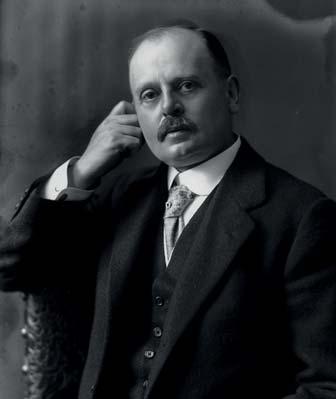
Sir Arthur Munro Sutherland © National Portrait Gallery, London




